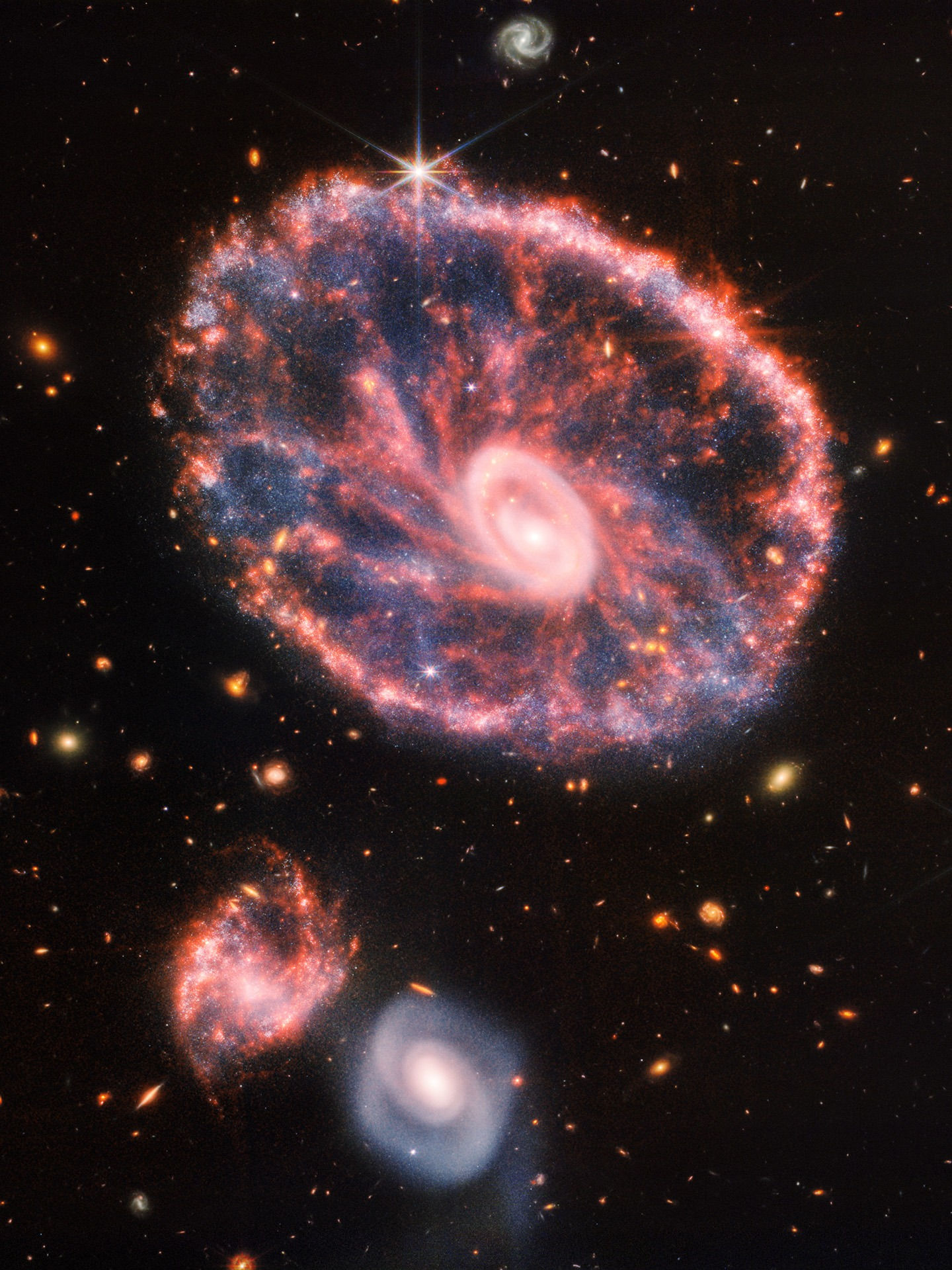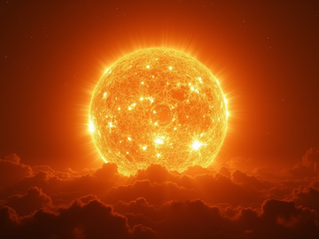What are the Orionids and why are They so Special?
- Prof.Smith

- Oct 21, 2021
- 1 min read
Updated: Feb 27, 2023
The Orionids are caused by the debris of Halley's comet. The debris is composed by small particles that collide with the outer layers of the Earth's atmosphere with a speed of 66km/s. This process in turn produces the visible light of the meteors, as atoms and molecules of the Earth's atmosphere become ionized.

Halley's comet was noticed from ancient observers, however they didn't know about its 76 year periodic reappearance, and hence they thought of it as more than one comet. In 1705 Halley understood that these appearances were reappearances of the same comet. As a result of this discovery, the comet is now named after Halley.

What makes this comet even more special is that during its 1986 appearance, it became the first comet to be observed in detail by a spacecraft, providing the first observational data on the structure of a comet nucleus and the mechanism of coma and tail formation. Halley's comet is also responsible for creating the Eta Aquariids, which occur each May. The meteor shower itself gets its name because, the meteors seem to originate from a point in the constellation of Orion (radiant point). Orionids typically become visible from the 1st of October to the 7th of November, with their peak on the 21th of October.

You should look for the constellation of Orion, and expect to watch around 20 meteors per hour. Unfortunately the Moon will be bright enough during the peak tonight, however being away from light pollution (and with ideal weather conditions) will hopefully allow you to enjoy the full glory of this very remarkable meteor shower.











































































































Comments